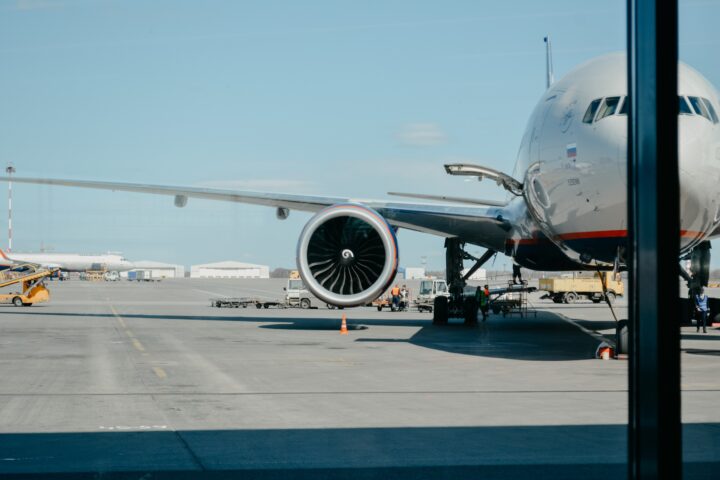Air pollution
Air pollution damages both human health and the natural environment
Long-term exposure to air pollution increases the risk of heart disease, stroke, lung diseases and lung cancer. There is also early research into the correlation between air pollution and antibiotic resistance. In terms of the natural environment, emissions of nitrogen oxides (NOx), primarily from road vehicles, can negatively impact plant diversity, while friction from tyres on the road releases particles representing 5 -10% of microplastics deposited in the oceans.
While air pollution levels have generally fallen in the UK, transport remains a problem and measurements of roadside NO2 levels have in some cases breached legal limits since they came into force in 2010.
The World Health Organisation recommends much more stringent limit values for some key pollutants than those required by law, and there is growing interest in the health damage from particulate matter (PM), especially ultrafine particles.
Friction from tyres releases particles representing 5-10% of microplastics deposited in the oceans.
Airports and aircraft can both generate pollution
Airports generate air pollution from a number of sources including on-site power and heating, equipment to service aircraft, on-site vehicles, airport-related traffic on surrounding roads (staff, passengers and freight) and aircraft.

Vehicles travelling to and from airports are regarded in most analyses as the biggest contributor to local concentrations of pollutants, especially where airports are located in or near major urban centres or transport networks where they exacerbate existing air quality problems. The area around Heathrow consistently breaches air quality standards, although there has been no national review of pollution levels at other UK airports since the 2003 White Paper.
Some studies have identified airport-related emissions 20 miles from the runway.
Aircraft operations produce NOx and PM. Official guidance suggests that emissions should be assessed only up to a height of 1,000m (the landing and takeoff cycle) as, above that altitude, emissions are thought to disperse over a wide area. This disregards emissions of small particles at higher altitudes, yet some studies have identified airport-related emissions 20 miles from the runway.
Action from regulators and the industry currently falls short
Day-to-day responsibility for tackling air pollution rests with local authorities, though they are limited in terms of both powers and resources. The local authorities adjacent to Heathrow Airport and charged with maintaining air quality levels below legal limits, for example, have no powers to stop or reduce the airport’s operations if limits are not being met.

The Government is ultimately responsible for ensuring that the UK complies with air quality regulations but its strategy has been legally challenged, successfully, on several occasions by ClientEarth.
The Airports National Policy Statement, which sets out the policy framework for the construction of a third runway at Heathrow, puts responsibility for delivering air quality improvements in the hands of the airport itself, and does not include any enforcement mechanisms for ensuring that expansion does not proceed if it would either cause or worsen a breach of air quality limits.
Many airports have their own policies in place to try to minimise the air pollution impact of their operations, but these are often limited in scope to the use of electric vehicles on-site, for example. While airports may set targets to increase the percentage of passengers travelling to and from the airport using public transport, they are often reluctant to go too far in discouraging drivers given the amount of money generated through car parking charges. In terms of aircraft manufacture, the UN aviation body ICAO regulates NOx emissions from aircraft engines and agreed a new standard in 2019 for particulate matter, although standards have historically tended to reflect currently available technology rather than referencing health-based goals.

